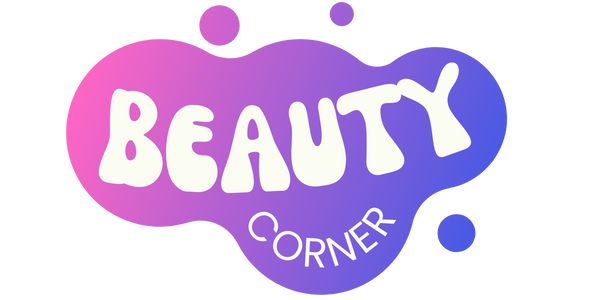Teenagers are increasingly embracing elaborate skincare routines inspired by TikTok, often using multiple products daily in pursuit of beauty ideals that prioritize flawless, lighter skin. However, recent research reveals the hidden risks associated with this digital trend, exposing young girls to skin irritation, allergies, and societal pressures related to race and beauty.
In a groundbreaking study by scientists at Northwestern Medicine, it was discovered that girls between the ages of 7 and 18 are incorporating an average of six different skincare products into their daily routines, with some using over a dozen products. These products, heavily marketed to a younger audience, pose a significant risk of skin irritation and allergic reactions.
According to the study, the cost of a typical teen’s daily skincare regimen amounts to $168, with some routines surpassing $500. Alarmingly, only a quarter of these routines include sunscreen, a crucial skincare product, particularly for young individuals.
The top-viewed TikTok videos showcasing skincare routines featured an average of 11 potentially irritating active ingredients, putting content creators at risk of skin issues like irritation, sun sensitivity, and allergic contact dermatitis. This type of allergy can restrict the use of various personal care products for a lifetime.
Dr. Molly Hales, a board-certified dermatologist, highlights the dangers of using multiple active ingredients simultaneously and unknowingly repeating the same active ingredient in different products. For instance, one video depicted a content creator applying 10 products in just six minutes, experiencing discomfort and visible skin reactions.
These videos often perpetuate racial biases by promoting lighter skin tones as the ideal beauty standard. Dr. Tara Lagu underscores the associations between these skincare regimens, consumerism, and societal beauty norms, emphasizing the detrimental impact on impressionable young viewers.
The study authors stress that these skincare routines offer little to no benefits to the targeted demographic and raise concerns about the challenge parents and healthcare providers face in monitoring children’s exposure to such content. Beyond skin damage, the unrealistic beauty standards perpetuated by these trends can have lasting psychological effects on young girls.
To investigate further, researchers created TikTok accounts posing as 13-year-olds and analyzed 100 unique videos to assess the demographics of content creators, the products used, and associated costs. The study was supported by the National Institutes of Health, with contributions from experts like Dr. Amy Paller and medical student Sarah Rigali.
As the allure of beauty products and skincare trends continues to captivate young audiences, this study sheds light on the potential risks and harmful consequences associated with following viral beauty routines without proper consideration for skin health and individual needs.
📰 Related Articles
- Unlicensed Sonographers Pose Risks to Malaysia’s Healthcare Quality
- TikTok Introduces Meditation Feature to Enhance Teen Wellness
- Study Reveals Risks of Music Compression on Hearing Health
- Spanish Consumers Embrace Holistic Health Trends, Prioritizing Well-Being and Sustainability
- Organic Skincare Market Thriving: Key Players, Trends, and Growth Factors






